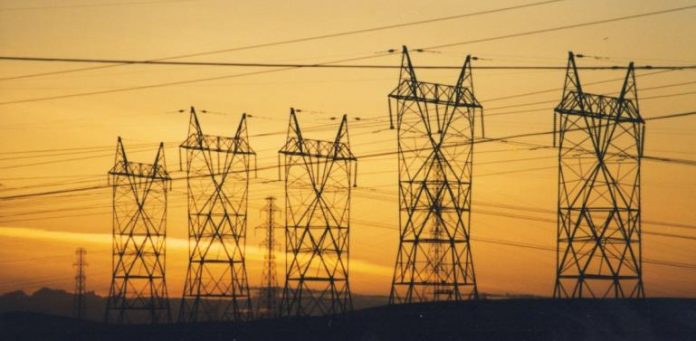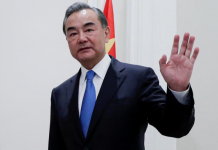The balancing of the power supply and demand virtually in real-time makes it necessary for power plants to be adjusted extremely frequently. The unpredictability of renewable energy like solar and wind further compounds the maintenance of the balance. The new project recommends a novel resolution to this rising issue – employing the millions of distributed energy resources that already exist, such as solar panels on rooftops and heating and cooling systems in buildings. These resources are utilized to balance the power grid by increasing reliability and decreasing carbon emissions.
“Our new approach to balancing the power grid offers a great deal of flexibility and the potential to increase system reliability,” said PNNL engineer Karan Kalsi, who is leading the project, “It would give the future power grid the ability to quickly take on and shed power, which would also enable us to incorporate more intermittent renewable energy into the nation’s power mix.”
The PNNL led team has a far more advanced approach to synchronise distributed energy resources and it integrates multiple resources and grid-balancing services in its system without compromising on local power consistency.
The project will include asking companies and citizens to voluntarily enrol their distributed resources like batteries, smart appliances, electric cars, solar panels and heating and cooling systems. All the participants will be encouraged to enrol their devices through an array of incentives.
They will install sensors and controls on all the enrolled resources to detect and alter their operations as needed, the limits for which will be set by the owners of the devices. The sensors would allow resources to communicate through a cooperative decision-making platform, where information about the power needs of the grid and individual distributed resources are exchanged. The devices will be operated by high-speed local controls.
The project positions a new organization called a distribution reliability coordinator that would evaluate the flexibility of various distributed resources to simultaneously provide the following three grid services:
- frequency response: very fast-acting (within milliseconds) emergency response to major events, such as a power plant failure
- regulation: responding within seconds to maintain balance between power supply and demand
- ramping: buffering rapid changes in power demand
PNNL’s project team includes United Technologies Research Center, GE’s Grid Solutions (formerly Alstom Grid), Southern California Edison, PJM Interconnection and California Independent System Operator (also known as CaISO).






